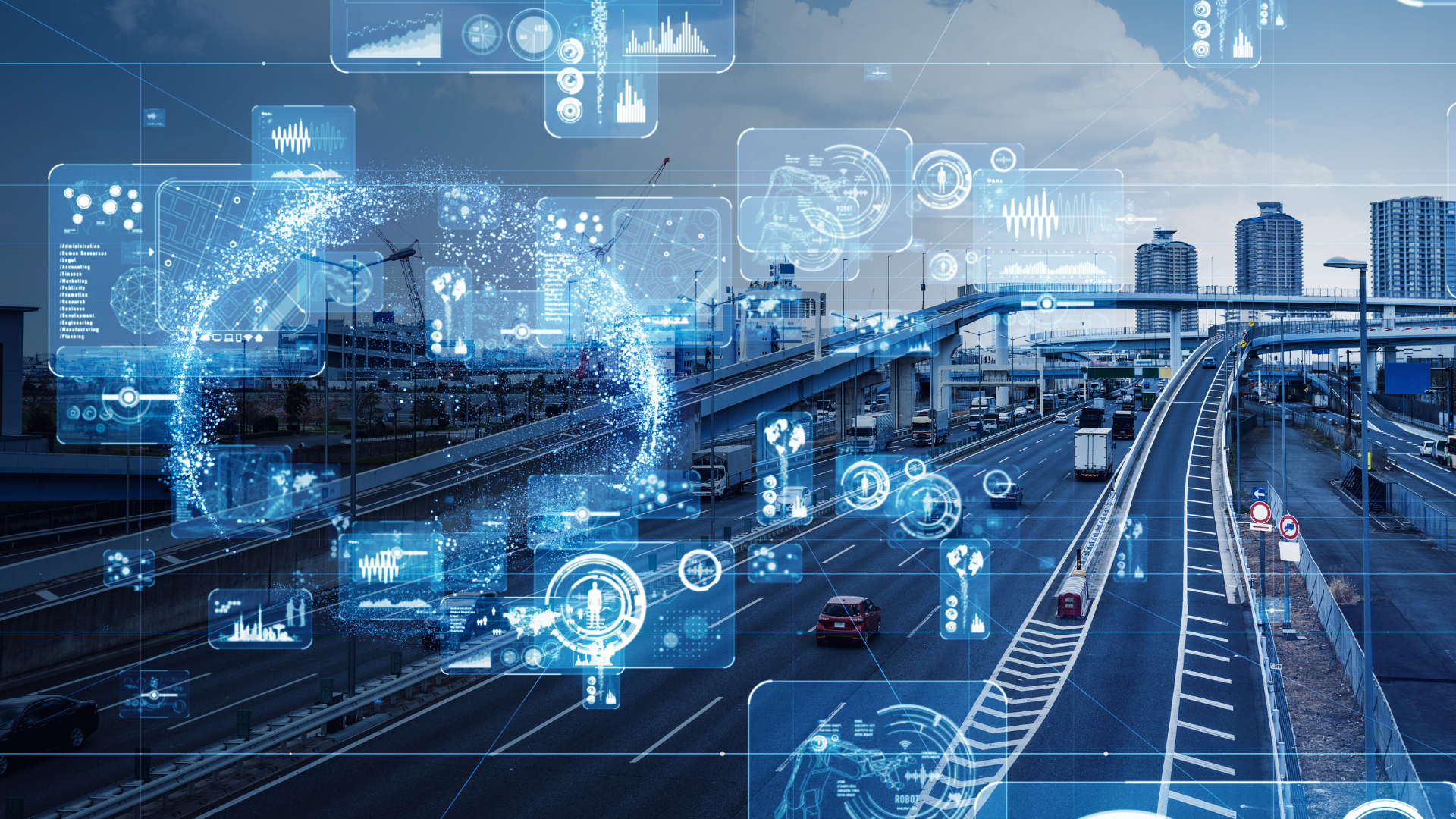There is a misconception that when we speak about location data, we are using this as a euphemism to infer personal information. This is certainly not true.
The rise of GDPR and POPIA have indeed given pause for thought in the minds of many who are confronted by geospatial data analytics, but the lowest common denominator is not always personal information. In fact, personal information doesn’t even have to be shared at all to gain deeper levels of insight.
While the lowest hanging fruit that our minds reach for is the use case around tracking consumer behaviour and being able to market to an audience of one, there are many far-reaching opportunities and benefits of embracing the geospatial analytics revolution.
Geospatial data is not about personal information. Geospatial data is all about objects, things that have a particular location on Earth that are displayed visually to give context at either a specific moment in time or over a defined period of time. This shows us how the datasets interact with and influence each other as they move through space and time.
Spatial analytics can be about more than just a single data set. It can be about the smart combination of a host of varied data. By combining and analysing spatial data and how variables impact our lives, we can infer and learn more about why certain spatial relationships exist.
We can now ask questions that we didn’t know we needed to ask. Why are certain locations popular travel destinations? Why does a product happen to do well in one country and not as well in another?
It’s time to start adopting spatial and location data science to better understand human behaviour and how we interact with and influence each other.
What is spatial data science?
Spatial data science is the extraction of deeper insights from data by leveraging a set of spatial algorithms and analytical methods. Naturally, these include using machine learning and deep learning to surface hidden patterns that lie within the data.
Spatial data could also include attributes that provide more information about a specific entity. Let’s look at a ubiquitous example. You are a company whose core customer base is college or university students. How are you going to ensure you choose the best location for a brand-new store?
We can now ask questions that we didn’t know we needed to ask.
The solution here would be to identify the locations of college or university campuses and combine that with some demographic data to see where people aged 18-25 are concentrated. Then incorporate some spatial transportation data to see what locations are most accessible to people.
The confluence of these data sets could highlight the best potential areas for your outlet, or at least give you a radius in which to search for the best possible location.
While the above is possible without spatial analysis, it is far more difficult to see the patterns and infer the location logic when these disparate datasets are being probed in isolation without the benefit of some location visualisation.
IoT is one thing, but what about LOT?
The location of things (LOT) is the core of spatial data science! The internet of things (IOT) has evolved from being merely aware of certain assets and tracking their performance or vital statistics online, to one where their location is arguably as important, if not more so.
Spatial data (LOT) is critically important as it helps IOT protocols use remote sensing to collect data for spatial analysis.
LOT data opens new opportunities for both businesses and customers. Businesses can use this technology and the insights gleaned from it to create better products and customer experiences.
As for customers, LOT helps provide useful information on products they are looking for. They will have a better delivery experience and more personalised shopping with far less spray-and-pray marketing.
Local governments (and their citizens) win here as well. With LOT, they are able to automate city infrastructure, saving money, ensuring citizens’ safety, and creating a more comfortable place to live and work.
The bottom line
As organisations begin to better grasp the value of weaving together their tapestry of different data points to create insight, the location of things will help in transforming interactions between consumers and businesses for the better.
According to research recently published by Forbes, location intelligence is critical to achieving company goals by:
- Improving the accuracy of marketing, sales and customer service.
- Marketing optimisation that provides insights into developing hyper-targeted campaigns which improve advertising, buying and customer experience.
- Data visualisation is considered critical to accomplishing business goals in streamlining marketing, sales and operations, such as site planning / site selection, geomarketing, territory management and logistics optimisation.
It is becoming increasingly apparent that companies that focus on developing location intelligence strategies and infrastructure will drive much higher levels of business performance, improve customer satisfaction and significantly improve revenue growth while optimising complex business operations.
Written by Jonathan Houston, General Manager: MAPIT
Originally published by ITWeb
Published date: 5 October 2021


